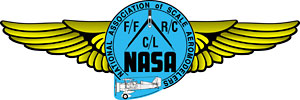FAI Flight Maneuvers
AMA Control-Line and R/C Flight Maneuvers can be found in the current year’s rule books here.
Control Line
[ultimate-faqs include_category=’CL Flight Maneuvers’]
Radio Control
[ultimate-faqs include_category=’RC Flight Maneuvers’]
FAQ’s
[ultimate-faqs include_category=’Flight Maneuvers’]
